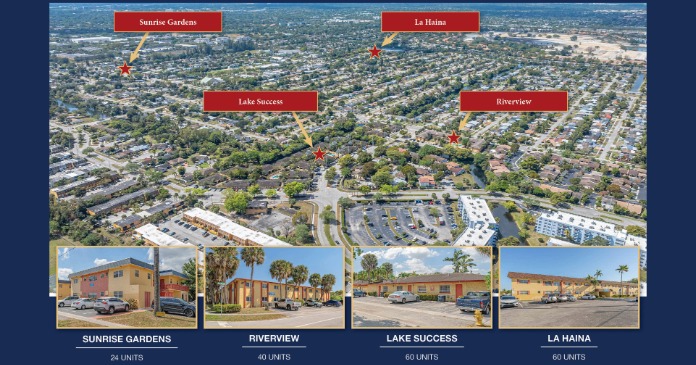Management consultant and professor Peter Drucker once asked, “Why would any company pay (in salary and time) to transport a 190-pound body when all it needed was the body’s three-pound brain?”
Was he just ahead of his time? Ten years from now will the workplace look any different from today’s or will we just do more of the same, only on faster networks with fewer wires?
Daniel Pink does not think the cubicle will disappear entirely but says fewer employees will commute to central locations. More people will work at home or in small groups, meeting in business centers as needed, says Pink, a business consultant and author of A whole new mind: Moving from the Information Age to the Conceptual Age.
“Collecting people in giant office towers does not make sense economically and environmentally,” he says. This may sound like bad news for downtowns, but Pink sees healthy ones becoming centers of leisure, entertainment and art.
Technology will allow for greater decentralization of the work force and greater worker mobility, says Doug Cooper, general manager with Intel and chair of the Information Technology Association of Canada.
“Work is what we do–it’s not where we are,” he says.
By 2017, knowledge-based jobs will be free to move anyplace. “We’ll take it for granted that you can go anywhere and get wireless Internet access,” Cooper adds. Most people will carry mobile Internet devices (“the iPhone on steroids) with instant messaging, email, a phone, GPS functions and productivity applications,” he says.
Employees might be able to work anywhere, but Cooper doesn’t see the workplace going away–at least not completely.
“We still think like an industrial economy, where workers have to be in one place to turn out a product,” he says. However, the industrial legacy will erode and management will begin to let go of the notion that a group of bodies in one place equals productivity, at least when it comes to knowledge and information-processing work.
“In addition, with the move to ecological sensitivity, we will see increased pressure to keep people from commuting,” Cooper says.
“Wireless will be the foundation. People will demand it. There will be no computers in fixed locations.”
Paul McDevitt, director of enterprise marketing with Cisco, agrees.
Internet protocol-based networks have already “revolutionized how and where people work, freeing employees from the cubicle and empowering them to communicate and collaborate virtually anywhere.”
In addition, come 2017, “context-aware” mobile services will allow people to control and manage the kind of information they receive, and when and where they receive it, McDevitt says. For example, a mobile user might choose to receive messages or calls based on who they are from, or what kind of information they contain; calls and messages from clients and business prospects might be given greater priority than administrative email from the office. And of course, the device will know where the user is at all times.
The employer will provide the equipment but the employee will have the tools and know-how to build personal communications systems based on business priorities.
The “things that are difficult to duplicate,” says Cooper. The next generation of workers will have to become experts at “turning knowledge into an economic result,” he says, such as anticipating consumer needs and developing products and services to fulfill them.
Says Pink: “Forces of change are nudging us into a new era of creators and empathizers.”
Author: Paul Lima















